The historical, artistic, and cultural evolution of Britain is all well represented by its rich architectural heritage.
The landscape of British architecture reflects the country’s rich history and numerous influences, with structures ranging from prehistoric stone circles to recognisable modern skyscrapers.
This architectural voyage, which spans millennia, demonstrates the inventiveness of human creation and the evolution of many architectural forms.
In this thorough study, we’ll explore prominent buildings and their effects on the architectural character of Britain as we take a historical journey through its major architectural eras.
Neolithic construction (c. 4000 BCE – c. 2500 BCE)

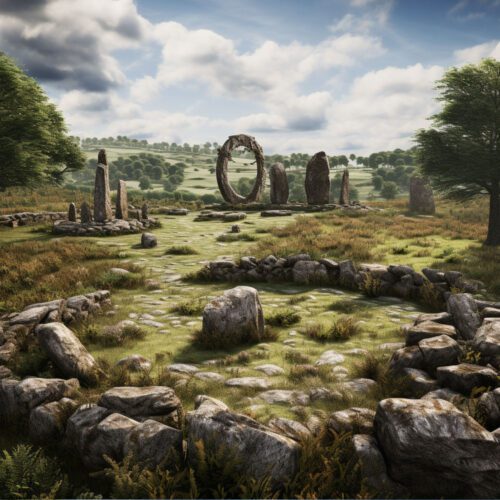

The Neolithic era has the first signs of serious construction, with notable examples like Stonehenge.
This prehistoric monument, which is situated on Salisbury Plain, is made up of large standing stones placed in a circular design. Its actual function is unknown, but it is thought to have had religious or astrological significance. This early architectural wonder showcases the builders’ engineering prowess and cultural values.
Roman-era construction (43 CE – 410 CE)
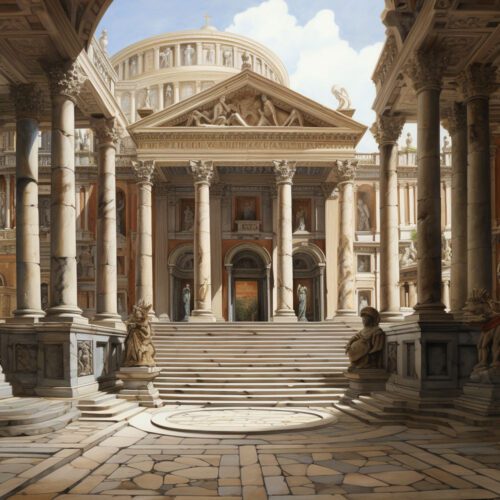
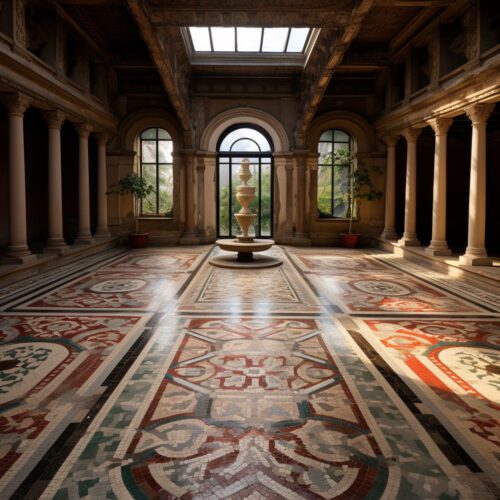
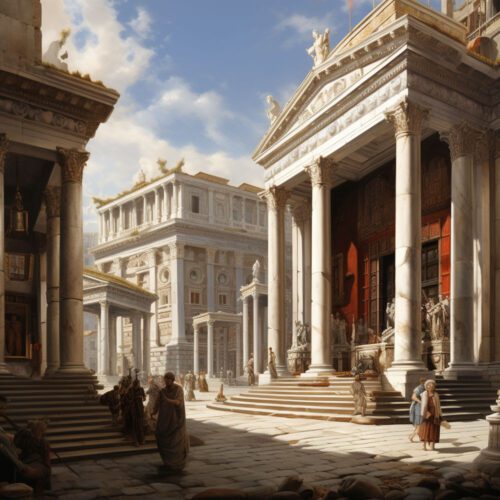
Britain saw considerable architectural changes after the Roman invasion. Amphitheatres, baths, and forums in the Roman style helped cities like Londinium (now London) grow.
Roman engineering and hydraulic systems are best represented by Bath’s Roman Baths, a UNESCO World Heritage Site.
Many Roman villas were built in Britain, with fine floor mosaics and even underfloor heating.
In addition to leaving its impact on British cities, Roman architecture also laid the foundations for later architectural movements.
Medieval Buildings (c. 500 CE – c. 1500 CE)
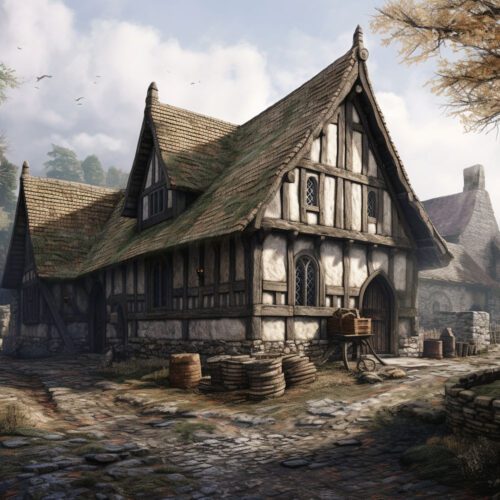
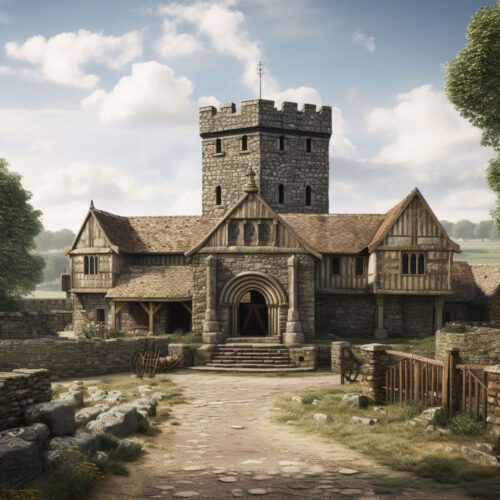
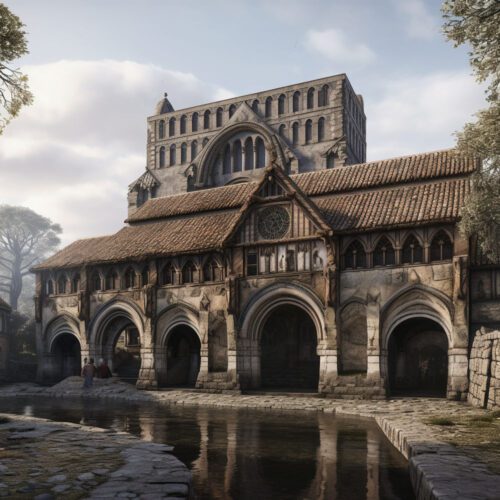
Castles, cathedrals, and churches were built right across Britain during the Middle Ages, and they came to represent both authority and religious devotion.
Durham Cathedral, which was constructed between 1093 and 1133, is among the most stunning specimens of mediaeval British architecture. Its grand Romanesque architecture and towering rib-vaulted ceilings are works of astounding engineering and craftsmanship from the Middle Ages.
Castles from the Middle Ages, like the Tower of London and Warwick Castle, were fortified buildings that acted as both military strongholds and homes for aristocratic families. Moats, drawbridges, and battlements were some of the architectural innovations in military protection on display at these castles.
Tudor-style homes (1485 CE – 1603 CE)
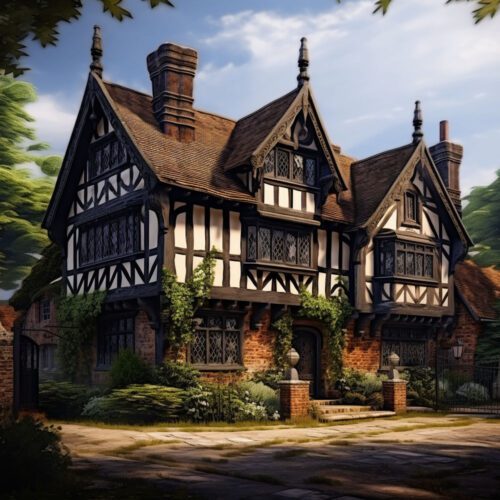
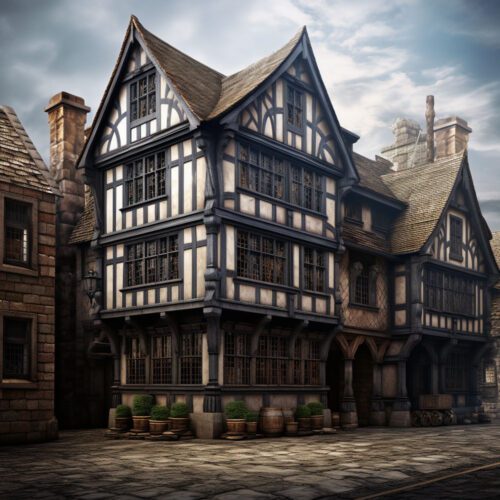
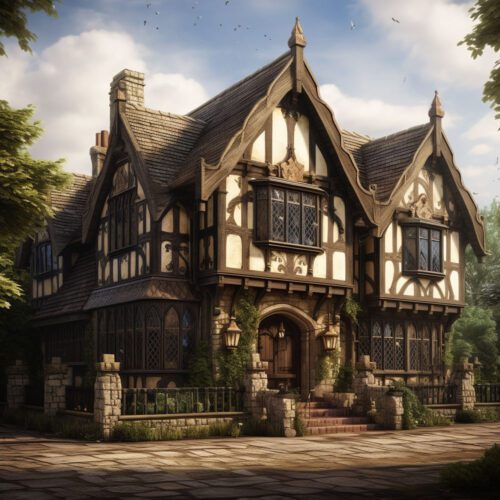
Half-timbered structures with intricate woodwork became a defining characteristic of the Tudor era’s architecture.
Cardinal Thomas Wolsey began the construction of Hampton Court Palace in the 16th Century. It is a magnificent example of Tudor architecture, which King Henry VIII eventually bought. Grand rooms, exquisite gardens, and elaborate stonework are all features of the castle.
Elizabethan-era buildings (1558 CE – 1603 CE)
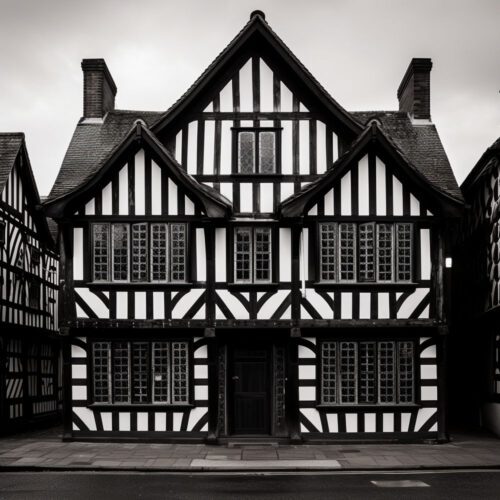
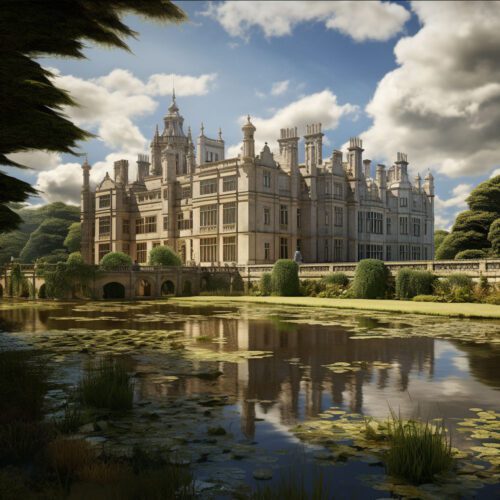
English Renaissance architecture blossomed throughout Queen Elizabeth I’s rule.
Longleat House, the first stately residence constructed in the Elizabethan style with a large façade embellished with classical detailing and ornate gardens, is one of the notable buildings from this time period.
Jacobean style of building (1603 CE – 1625 CE)
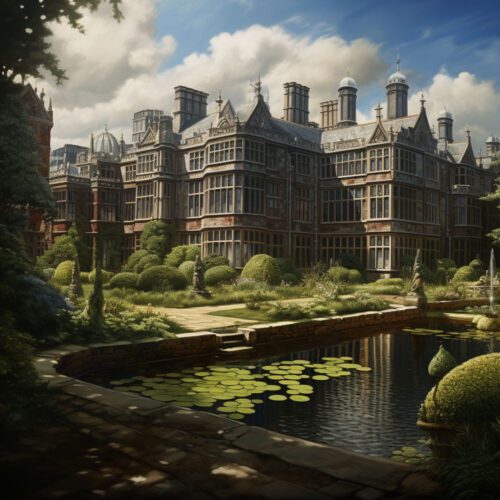
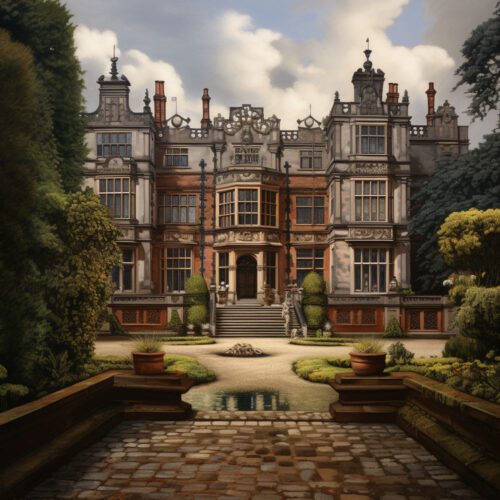
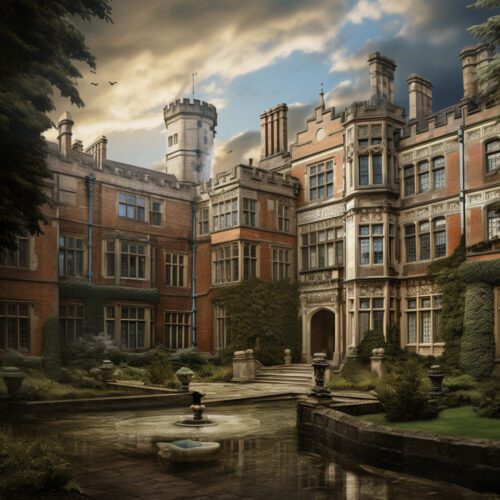
The Renaissance style persisted into the Jacobean era, albeit with a trend towards more sumptuous and ornate aspects.
Robert Cecil’s Hatfield House, with its stunning symmetry, Dutch-style gables, and ornate brickwork, is a great example of Jacobean architecture.
Georgian style of building (1714 CE – 1830 CE)
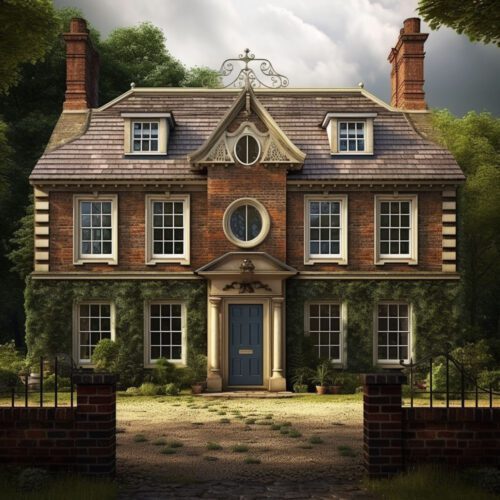
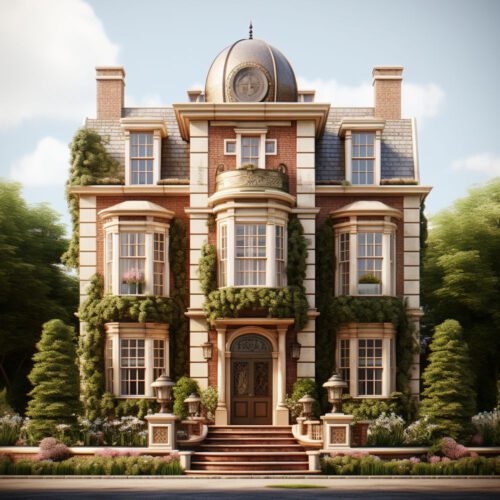
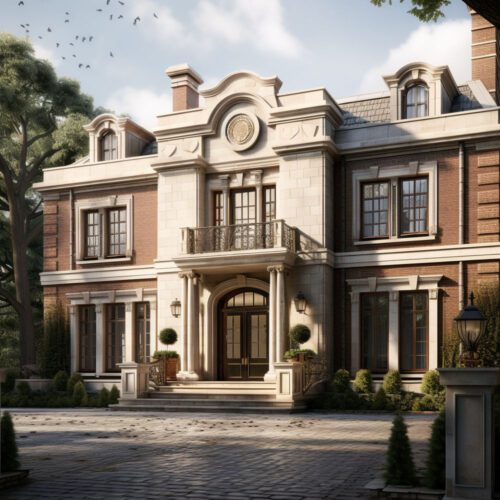
A Neoclassical style, influenced by ancient Greek and Roman architecture, began to emerge during the Georgian era.
Famous Georgian structures with attractive facades, sash windows, and subdued ornamentation can be seen in Bath’s Royal Crescent and on the streets of Edinburgh’s New Town.
Victorian-era construction (1837 CE – 1901 CE)
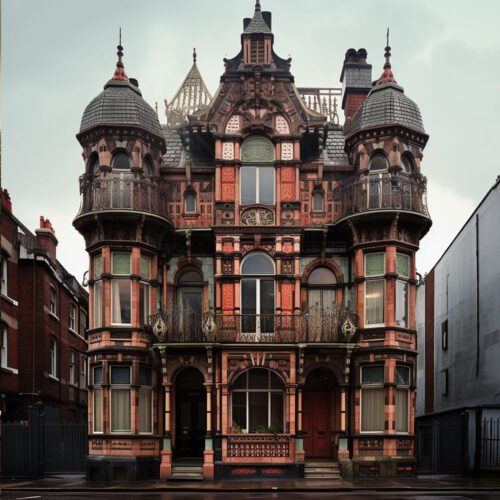
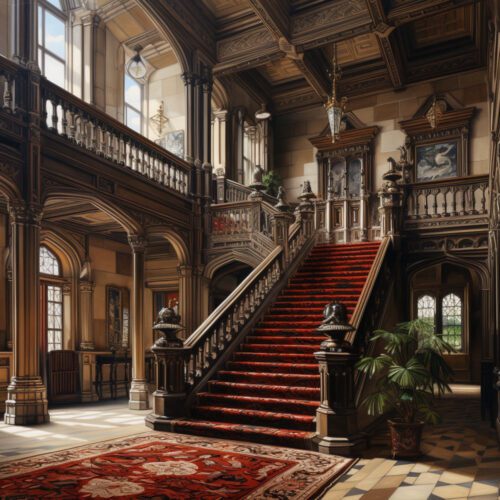
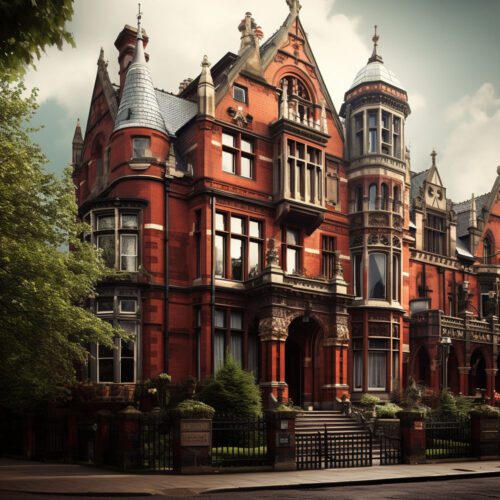
Gothic Revival, Italianate, and Queen Anne are just a few of the numerous architectural styles that emerged throughout the Victorian era.
As a fire significantly damaged much of the historic Palace of Westminster, the iconic home of the UK Parliament, a considerable neo-Gothic change took place during this time.
Arts & Crafts Movement and Art Nouveau (late 19th – early 20th century)
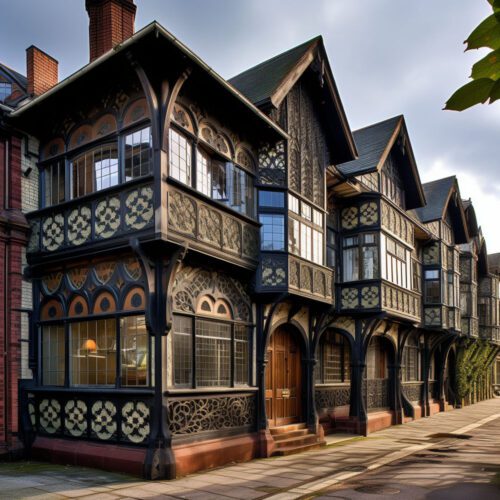
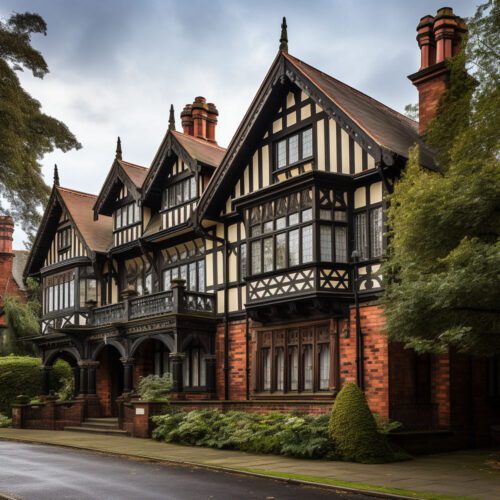
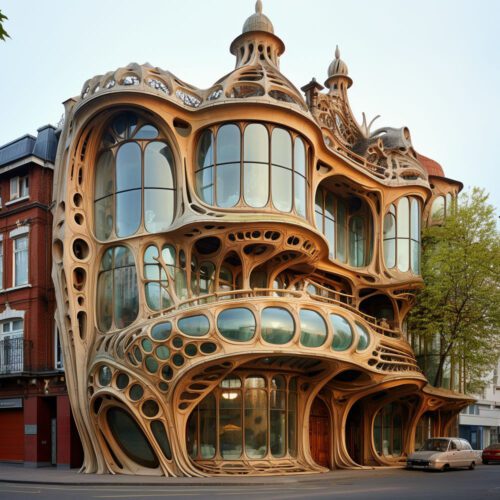
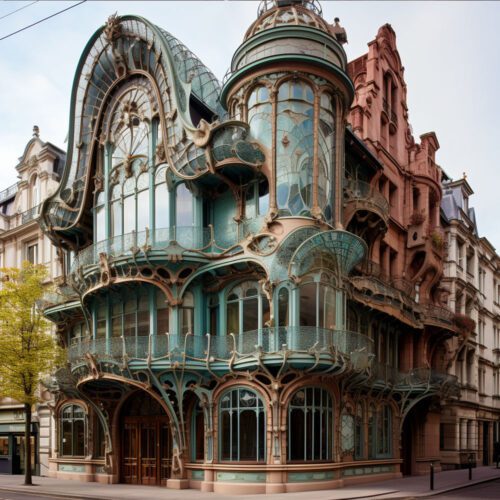
A break from historicism occurred in the late 19th and early 20th centuries, when movements like Art Nouveau and the Arts and Crafts Movement prioritised handiwork and inventive design.
Glasgow School of Art was created by Charles Rennie Mackintosh, a well-known member of the Arts and Crafts Movement and a master of Art Nouveau and functionalist architecture.
Contemporary Architecture and Modernism (20th century – present)
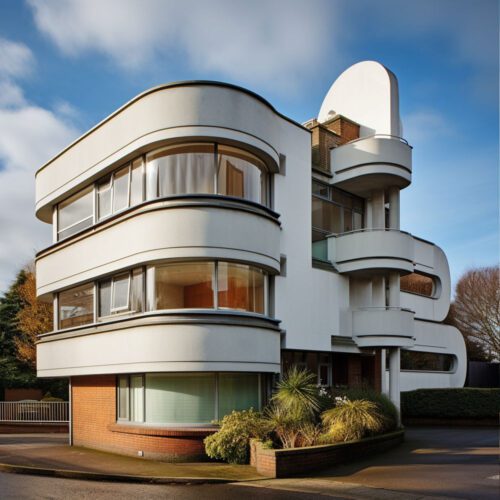

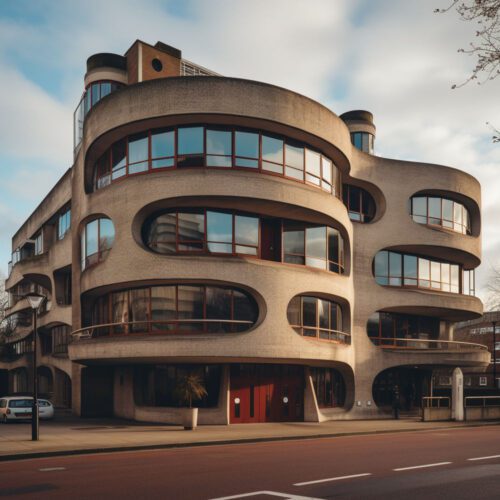
Architecture underwent a period of exploration and innovation during the 20th century.
Modernist structures, like the Barbican Estate and the Royal Festival Hall in London, exhibited practical design, simple lines, and the use of novel materials like concrete and steel.
Brutalism
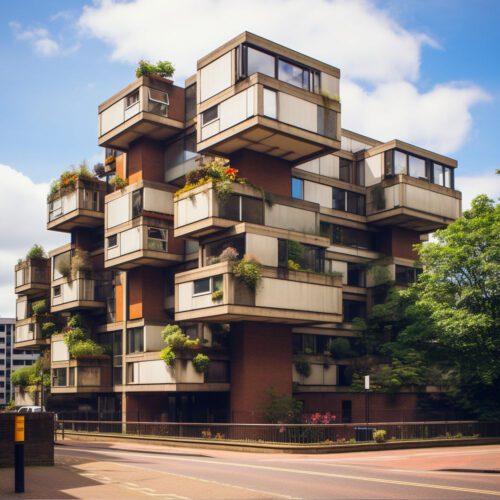


Brutalism, which is defined by surfaces made of exposed concrete, originated in the second part of the 20th century.
Britain’s most notable Brutalist structures are the Hayward Gallery and Barbican Center in London.
Read the full Brutalist Buildings article HERE
Conclusion



A fascinating look into the past of the country, this succinct British architecture trip through British history reflects cultural shifts, technological development, and changing aesthetic preferences.
British architecture has been influenced by a wide range of factors, resulting in a broad and intriguing array of styles, ranging from prehistoric stone circles to cutting-edge contemporary buildings.
Every period left its distinct imprint on the environment, leaving us with a rich architectural heritage that still serves as an inspiration and a guiding force for the built environment today.
To read more about the architecture of Great Britain. See our article covering British Architectural Styles.
All images created using AI
